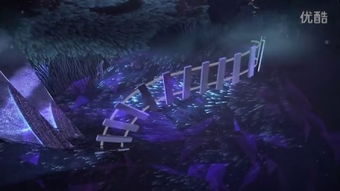Introduction:
Catching eels, often considered a challenging yet rewarding fishing endeavor, requires a unique set of skills and techniques. Whether you're an aspiring angler looking to diversify your fishing experience or a seasoned fisherman keen on mastering a new technique, this guide will provide you with the essential steps to get started in eel fishing. From understanding the behavior of eels to mastering the art of setting the perfect hook, we'll cover everything you need to know to become an eel fishing expert.
Understanding Eel Behavior:
Before you can effectively catch eels, it's crucial to understand their behavior. Eels are nocturnal creatures that prefer to hide in murky waters during the day. They are highly sensitive to light and tend to be more active at night or during twilight hours. Eels are also known for their strong, wriggling bodies and powerful tails, which can make them a formidable catch.
Choosing the Right Equipment:
To begin your eel fishing journey, you'll need the right equipment. Here's a list of essential gear:
Rod and Reel: A medium-heavy action rod with a good amount of flex is ideal for eel fishing. A spinning reel with a strong drag system is recommended, as eels can pull hard.
Line: Use a monofilament line with a breaking strength of at least 20 pounds. Eels are strong, and a lighter line may break under their pressure.
Hook: A large, strong hook, such as a J-style or a circle hook, is best for eels. The hook size should be large enough to securely hold the bait but small enough to avoid snagging on rocks or other debris.

Leader: A leader of 6 to 8 feet long, made of a stiffer material like fluorocarbon, is ideal. This helps to prevent the eel from feeling the tension of the main line and breaking off.
Bait: Eels are opportunistic feeders and will take a variety of baits. Common options include fish heads, chicken liver, or even live bait like worms or minnows.
Setting Up Your Spot:
Eels are often found in areas with strong currents, such as rivers, streams, or coastal areas. Look for spots with structure, such as rocks, logs, or weed beds, where eels can hide and wait for prey. During the day, eels tend to stay closer to the bottom, so casting your line near the riverbed can be effective.
Techniques for Casting and Luring:
Casting: Cast your line out into the water, allowing it to sink to the bottom. If you're fishing in a river, let the current carry your line to the desired spot.
Luring: Once your line is in place, let it sit still for a few minutes. Eels are sensitive to movement, so avoid twitching your line excessively. If you feel a tap or a gentle pull, it could be an eel.
Reeling In: When you feel a bite, set the hook quickly but gently. Eels can be slippery, so be prepared for a fight. Use a steady, controlled pull to bring the eel to the surface.
Handling and Safety:
Once you've successfully caught an eel, it's important to handle it safely. Here are some tips:
Use a Gaff: A gaff can help you secure the eel and prevent it from slipping away. Be sure to gaff the eel in the middle of its body, avoiding the head and tail.
Keep It Alive: Eels are delicate creatures, and they need to stay moist. Keep them in a bucket of water or in a net to ensure they remain alive until you're ready to release or keep them.
Release or Keep: Depending on your local regulations and personal beliefs, you may choose to release the eel or keep it for consumption. If you're keeping the eel, be sure to handle it carefully to avoid injury.
Conclusion:
Catching eels can be a challenging but incredibly satisfying experience. By understanding the behavior of eels, choosing the right equipment, and mastering the techniques for casting and luring, you'll be well on your way to becoming an eel fishing expert. Remember to always respect the local regulations and handle the eels with care. Happy fishing!












